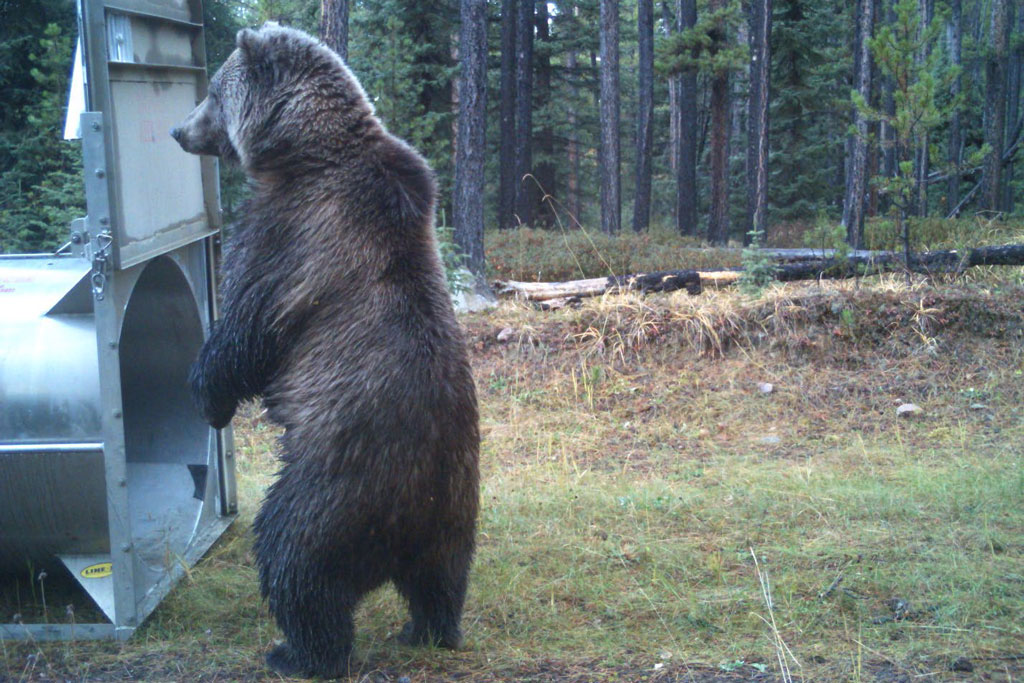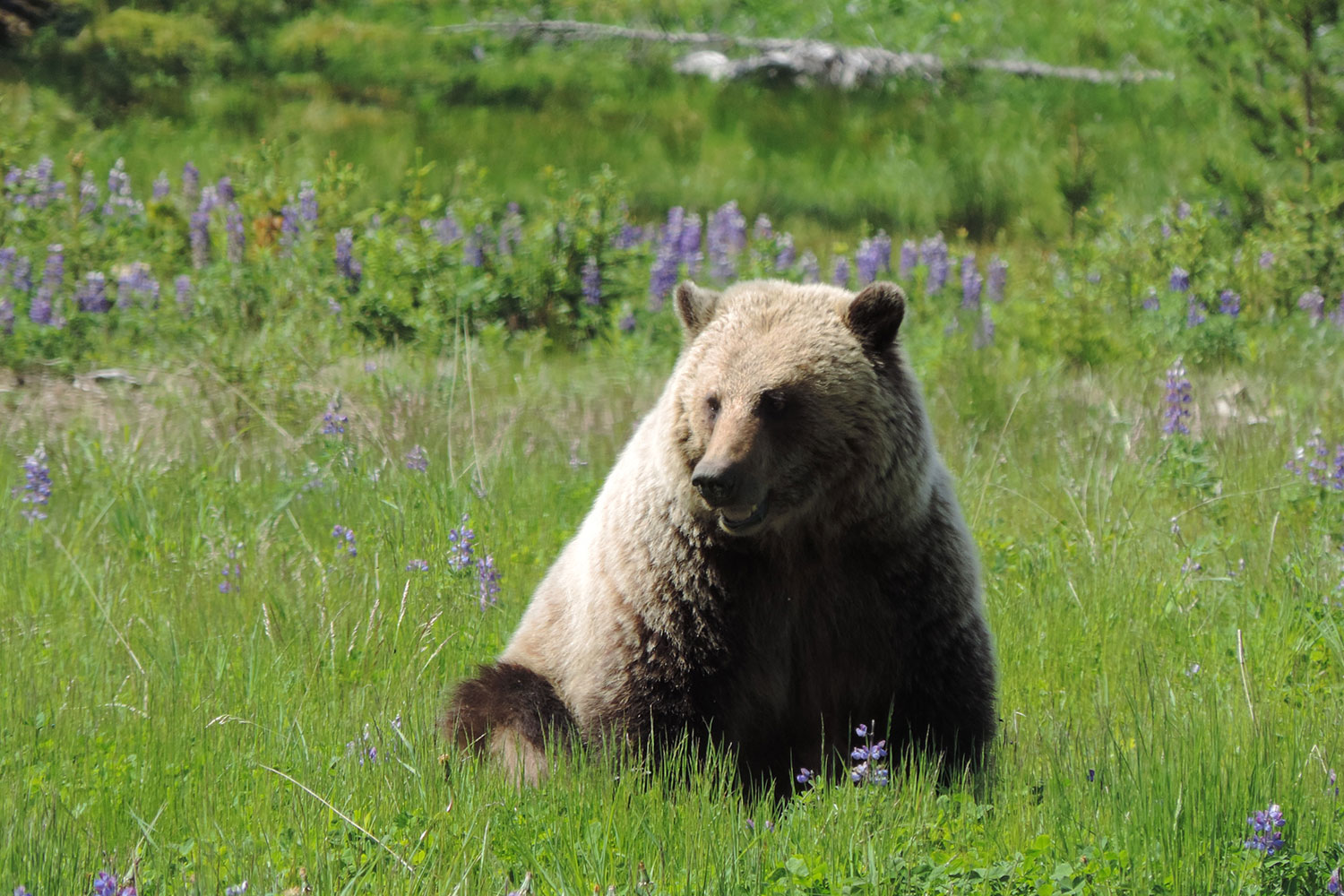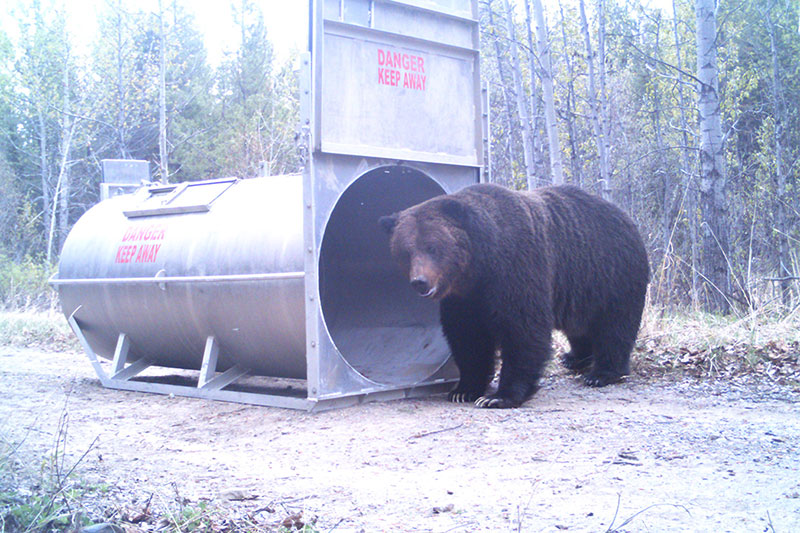
Abstract
Human-carnivore systems are built on multi-scalar complex processes often resulting in conflicts that force wildlife managers to address what are conceived as problem individuals. In North America, the grizzly bear (Ursus arctos) is often involved in human-bear conflict with management measures such as translocations, in which problem individuals are moved to new areas, being used to reduce conflict risk. While translocations offer a non-lethal alternative to managing conflict animals, they show varying levels of success. Our objective was to perform a novel assessment of grizzly bear translocation success through agent-based simulation by evaluating how familiarity with landscape features coupled with behavioral traits affects the way individuals use resources in a new environment. Our results showed that bears translocated to familiar habitat used high-quality habitat more than bears moved to areas with unfamiliar landscape characteristics. Increased exploration led to greater use of high-quality habitat in the long run but resulted in reduced use of high-quality habitat during the first two years following a translocation. Habitat quality use depended on scale, with bears translocated to less familiar environments accessing higher quality areas at a finer scale than bears translocated to familiar habitats. We emphasize the need to account for wildlife behavioral traits and habitat characteristics at multiple scales when selecting suitable translocation locations. Understanding the role of factors such as these on translocation outcome will help ensure the success of translocations not only as a method for managing problem wildlife, but also for population restoration, species reestablishment, and conservation translocations across the globe.
Read the full paper here.
Citation
Alejandra Zubiria-Perez, Christopher Bone, Gordon Stenhouse. Evaluating the role of environmental familiarity and behaviour in the success of wildlife translocation: A grizzly bear case study using agent-based modelling. Ecological Complexity, Volume 53, 2023, 101042. https://doi.org/10.1016/j.ecocom.2023.101042.









